
The Ministry of Industry and Information Technology (MIIT) will strengthen policy support to maintain the momentum of industrial stabilization, said Fengfei, vice minister of the MIIT, at the “news conference on the development of industrial telecommunication industry in the first half of 2016” on July 25.
Miao Yu, Minister of the MIIT recently indicated that the plan to build China into a manufacturing power has proceeded from blue print to the stage of full implementation. In this regard, various departments and regions have formulated and introduced a series of key guidelines and policies, and implemented a number of major projects. In the second half year, further policies on Made in China 2025 will be launched in succession.
The Economic Information Daily learnt that high-tech manufacturing sector, which covers strategic emerging industry, intelligent manufacturing and information communication industry, are key industries that will obtain policy support in the second half year. Development plans for specific industries in the next stage will be unveiled in the second half year as scheduled, including the last six “X” systems of the established 11 Made in China 2025 “1+X” planning systems, Made in China 2025 provincial and municipal guidelines and various industry planning, including the 13th Five-year software and information technology service plan, the 13th Five-year big data industry plan, 13th Five-year new material plan and 13th Five-year strategic emerging industry plan.
In addition, pilot and demonstration projects in a large number of key sectors will also be unfolded gradually. Noticeably, three key project packages aiming at enhancing core competitiveness of the manufacturing industry, promoting the development of emerging industries, advancing upgrading of the manufacturing industry will be launched successively; pilot and demonstration works of Made in China 2025 to be assumed by cities and urban clusters will also start in the second half year, and various cities and urban clusters located at the Yangtze River Delta, Pearl River Delta and Bohai Rim will be included in the first batch of pilots; key special projects such as aircraft engine and gas turbine will enter the implementing stage in the second half year.
Feng said that the second batch of intelligent manufacturing pilots and demonstrations will also be implemented step by step in the second half year. The scale is expected to surpass that in 2015, with the number of projects involving industrial Internet, intelligent manufacturing standards and etc. estimated to reach 60.
In the second half year, the MIIT and the Ministry of Finance (MOF) will provide fiscal and financial policy supports to high-tech manufacturing sectors such as intelligent manufacturing and information communication, according to Miao. This year, the MIIT and the MOF have approved 133 key projects in 25 provinces. It is estimated that the central movement will allocate 5.2 billion yuan for such projects, nearly 1.5 times of the central government’s special grants to intelligent manufacturing last year. It is learnt that relevant ministries have prepared corresponding fiscal and taxation support plans with respect to green manufacturing, robot, new energy vehicle and etc. Multiple green manufacturing and robot projects are expected to receive considerable special subsidies in the second half year.
Several industry insiders told the Economic Information Daily that policy support in the second half year still aims at further promoting the development of high-tech manufacturing sector, to rapidly build it into a new engine for China’s economic growth.
“Compared with Europe and the U.S., China has perfect industrial system, huge potential in domestic market and rich human resources. Developing high-tech manufacturing industries, such as the strategic emerging and intelligent manufacturing, will contribute to the sustainable development of the manufacturing industry and the economy,” said Lu Bingheng, academician of the Chinese Academy of Engineering. He said, for example, developing high-end numerically-controlled machine tool and robot industries will promote the upgrading of vehicle, aerospace and equipment manufacturing sectors. And such industries all have well-established industry chain and huge market demand, which are significant to the overall development of the economy.
As the supply-side reform accelerated and market-oriented reform further deepened, China’s manufacturing industry will speed up the pace towards high-end, intelligent and green development, and key sectors will embrace new development opportunities, said Wu Qi, researcher with the research institute of China Minsheng Banking Corp. Ltd.
In Wu’s view, firstly, high-tech manufacturing industry represented by strategic emerging industry and Made in China 2025 will continue to lead the development of the manufacturing industry. Rail transportation equipment manufacturing, Aviation equipment manufacturing, new material, electronic equipment, robot, pharmaceuticals, medical device manufacturing and high-end consumer goods manufacturing will enter a new stage of rapid development. Secondly, Internet will become a major drive for the transformation of the manufacturing industry. Next-generation communication network, industrial Internet of things, high-performance integrated circuit, new type of flat-panel display, high-end server, new type of intelligent terminal and next-generation base station will see a variety of opportunities. Thirdly, green development will become a strategic choice for the manufacturing industry under the new normal. Energy conservation and new energy vehicles, new energy equipment, energy conservation and environmental protection equipment, and energy storage equipment will embrace rare development opportunities.
Translated by Adam Zhang
















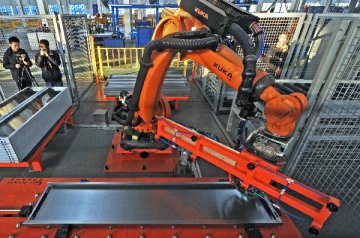
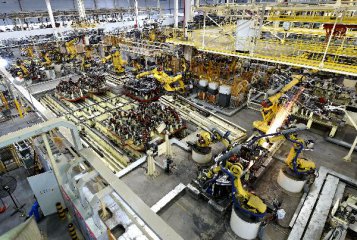

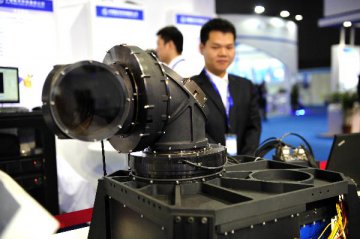
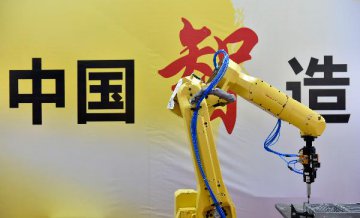
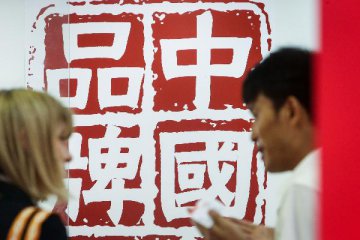


Latest comments